When the SAS Hotel in Bergen, now the Radisson Blu Royal Hotel Bergen, was constructed in the late 1970s beside the Bryggen UNESCO World Heritage Site, local groundwater began leaking into the hotel construction site. Groundwater beneath historic Bryggen maintained foundational strength and a waterlogged oxygen-poor soil environment preserving cultural artifacts from the thousand year old trading center.
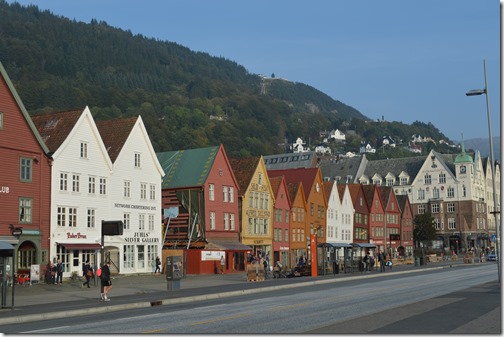
The effect on historic Bryggen and the iconic row of wooden merchant warehouses was two-fold. As the soil moisture content fell with the groundwater table declining by as much as 2.5 meters along the waterfront, oxygen infiltrated the vacated space and allowed microorganisms to move in and accelerate the decay of cultural artifacts underground. A millennium of wooden timbers and artifacts buried underground from Bryggen’s past faced rapid deterioration. An even more noticeable effect from the loss of groundwater is the famous Bryggen skyline and 61 world heritage site listed buildings alongside the Vågen waterfront began to settle and sink.
Bergen and Historic Bryggen (quay)
Bergen dates back more than 1,000 years to the early 11th-century. Construction of a pier dates to 1100. Over the centuries successive fires destroyed many of the wooden buildings and each successive rebuilding of Bergen occurred on the ruins. The fire debris was used to reclaim land and over the centuries the waterfront moved further out to sea allowing a deep harbor to develop over time. The town expanded and developed into a bigger trading center as larger boats could dock in the deep water harbor.
Bergen became one of the major trading ports of the Hanseatic League in 1360 and until 1850 Bergen was the largest city in Norway, until surpassed by Oslo. The waterfront of Bergen today is 160 meters out from the original shoreline. The thickness of landfill exceeds 10 meters in places. The cultural history of Bergen is mixed in with soil beneath the modern day surface structures and contains historic jewelry, pottery, bone combs, shoes and more debris. These ‘cultural deposits’ are protected by statute.
One of Bergen’s great fires in 1702 destroyed many of the Hanseatic storehouses on the quay. The historic Bryggen buildings seen today were constructed soon after the great fire of 1702. There are 61 listed buildings comprising the UNESCO World Heritage Site of Bryggen established in 1979.
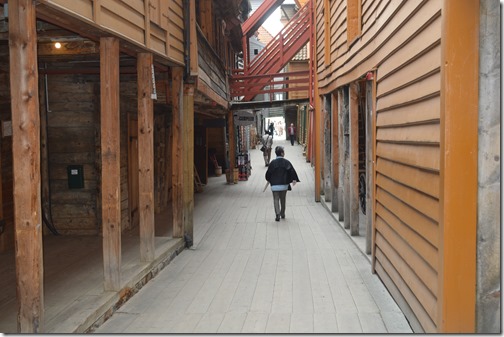
Groundwater makes up an essential part of the soil foundation the buildings of Bryggen rest on. As the groundwater declined, the buildings settled. There was another major fire along the Bergen waterfront in 1955. Following this fire there was an extensive archaeological excavation. The Bryggen Museum and SAS Hotel were built around the excavation site in the 1970s along with an underground parking garage. The SAS Hotel opened in 1982 is now the Radisson Blu Royal Bergen.

The Radisson Blu Royal Hotel Bergen maintains the architectural character of historic Bryggen on the outside with a modern looking hotel on the inside.
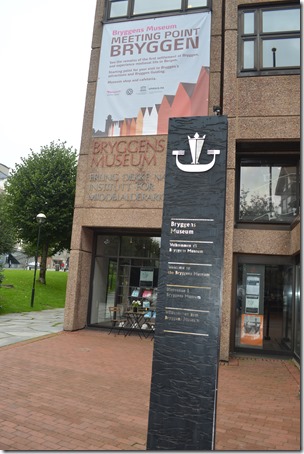
The construction of the Bryggen Museum and SAS Hotel in the 1970s resulted in a loss of groundwater beneath historic Bryggen. In particular, the deep underground parking garage construction surrounded by sheet piling leaked and water infiltrated from the surrounding area into the garage where it was pumped out to keep the facility dry. Parts of Bryggen were severely drained of groundwater and the groundwater pressure fell considerably over the years. The loss of groundwater resulted in the buildings settling by as much as 8 millimeters per year. The Bryggen Heritage Foundation took action and created a plan to replenish the groundwater loss and stabilize the Bryggen world heritage site.

In 2011 the Norwegian government provided a subsidy of 45 million NOK, about $7.5 million USD, to safeguard the cultural deposits at Bryggen.
Experts were brought together to devise a plan to save the cultural heritage of Bryggen for posterity. An infiltration/transport system has been devised to replenish the groundwater reservoir beneath Bryggen.

A system of pipes allow water to be collected primarily from rainfall on rooftops and seep into the ground where underground pipes allow water to be transported to distribute and maintain groundwater throughout Bryggen. When the groundwater reservoir is full, excess water is transported out of the system into the city’s municipal drainage system. Sensors track water levels. Dams and manholes allow the groundwater to be adjusted in sections beneath Bryggen. There are also rain gardens containing 700 herbs and perennials consisting of high water tolerant Norwegian plant species to provide delayed infiltration into the groundwater table.
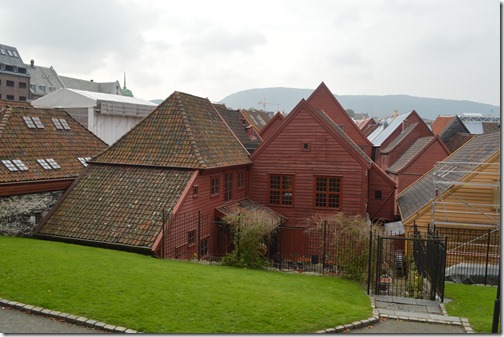
Project Bryggen began in 2000 to restore 23 of 61 UNESCO World Heritage Site buildings. The other 38 buildings had been restored between 1962 and 2000. Two buildings listed as 8a and 8b provide an example of the cost for restoration at 19.3 million NOK ($3.2 million USD) for a two year project using skilled craft workers and traditional materials.
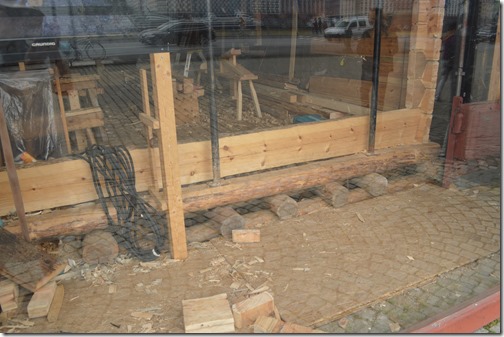
I would never have imagined such a small area in Bergen would require such a major investment of time, resources and money to preserve the cultural heritage site of Bryggen.
Good bet that Bryggen will be even lovelier when you get a chance to visit Bergen, Norway.

*****
Ric Garrido of Monterey, California is writer and owner of Loyalty Traveler.
Loyalty Traveler shares news and views on hotels, hotel loyalty programs and vacation destinations for frequent guests. Check out current hotel loyalty program offers across all the major chains in Loyalty Traveler’s monthly hotel promotions guide.
Follow Loyalty Traveler on Twitter and Facebook and RSS feed.

